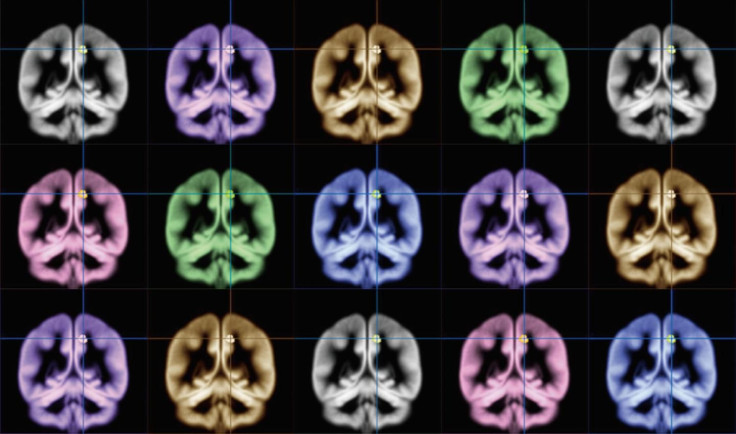Have We Found Where Happiness Happens In The Brain?

Lord knows countless people have scoured the ends of the earth for millennia trying to find out how to be happy. But an equally intriguing, if unexplored, question might be: Where does happiness happen, at least in the brain?
Now, in a study published Friday in Scientific Reports, a team of researchers from Kyoto University claim to have shined some light on that exact question. Analyzing people’s MRI scans, the researchers found that a certain part of the brain known as the precuneus was larger in especially chipper test subjects, suggesting a possible convergence point for experiencing happiness.
Why We Think We Are
The precuneus is a relatively small region of the brain tucked away in the medial parietal lobe. Over the past recent years, it has been implicated as having a role in the “implementation of a wide range of higher-order cognitive functions,” according to a 2006 review in Brain. Understanding that exact role has been easier said than done, however, since people rarely lose function of the precuneus due to extraneous circumstances such as injury or stroke, making it difficult for scientists to figure out what happens to someone who doesn’t possess a healthy one.
That said, the advent of functional imaging research has provided evidence that the precuneus is linked to “visuo-spatial imagery, episodic memory retrieval and self-processing operations, namely first-person perspective taking.” In other words, it’s likely partly responsible for our ability to see ourselves as an conscious, thinking, person.
In this latest study, the researchers first decided to poll their participants on a series of topics they felt could serve as an objective measurement of happiness. This included asking about how happy they generally felt, how intensely they felt their emotions, and their current life satisfaction. They then hooked them up to a MRI machine. which measured the amount of grey matter their precuneus contained. Those who scored particularly high on the happiness scale did indeed possess more grey matter in that area, possibly pointing to a direct relationship between the size of your precuneus and the smile on your face.

"Over history, many eminent scholars like Aristotle have contemplated what happiness is," lead author Wataru Sato said in a statement. "I'm very happy that we now know more about what it means to be happy."
Of course, we’re a long ways from definitively declaring the precuneus the happy zone of our noggin. Neuroimaging studies, even at their most rigorous, are two parts science, one part art when it comes to how they’re interpreted, and there will need to be more research confirming these findings. The brain is no cubicle organ either, with processing tasks neatly divved up between tightly defined areas. Even if the Kyoto team is dead on the money, the precuneus would be only part of the complex and intricate neural network from which happiness springs eternal.
Still, who’s to say we can’t dream a little about the possible broader implications of their findings? "Several studies have shown that meditation increases grey matter mass in the precuneus,” Sato said. “This new insight on where happiness happens in the brain will be useful for developing happiness programs based on scientific research."
Source: Sato W, et al. Scientific Reports. 2015.



























